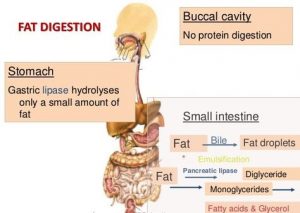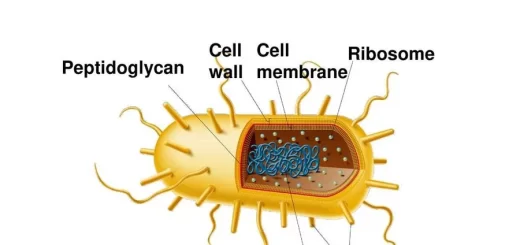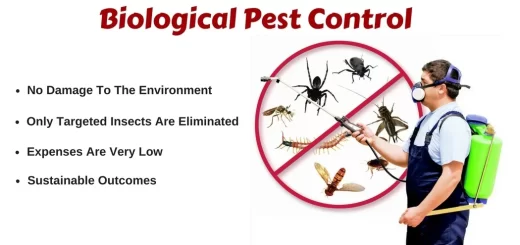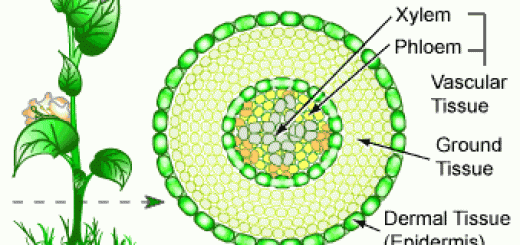Digestion in man, Buccal digestion and Gastric digestion (digestion in stomach)
A heterotrophic organism (consumer) obtains its food in the form of ready organism materials which are large and complex molecules, These molecules can not diffuse through the cell membrane of a living organism, So, the living organism must digest these molecules to become useful materials.
Digestion
Digestion is the conversion of large food molecules (polymers) into smaller ones (monomers) by means of hydrolysis, This process is catalyzed by an enzymatic action.
The importance of digestion: The breaking down of large and complex food substances into simpler and smaller molecules which are easily absorbed by the cells ( either by diffusion or active transport), The cell will then use these simple compounds as a source of energy in the building of new tissues.
Examples:
- Proteins → Amino acids (breaking down)
- Starch → Glucose (Monosaccharide)
- Fats → Fatty acids + Glycerol
Enzymes
Enzymes is a protein substance which has the properties of catalysts and can activate a particular chemical reaction.
The enzyme‘s ability to activate a particular chemical reaction depends on the structure of reacting molecules (reactants) and the enzyme’s name.
When the reaction is completed, the resulting molecules break away from the enzymes, leaving it in the same form as it was before the reaction.
Characteristics of enzymes
- Specific, as each enzyme can accelerate only one type of reactions.
- Do not affect the products of reaction, as they work as catalysts, increasing the rate of reaction, until it reaches the equilibrium.
- Most have a reversible effect, as the same enzyme may catalyze the decomposition of a complex molecule into two simpler ones and may recombine these two small molecules to give rise to the same complex molecule.
- Their activity depends on the temperature and pH of the medium.
- Some are secreted from the cells in an inactive state, so, they need certain substances to activate them.
Examples: Pepsin enzyme is secreted by the stomach as an inactive pepsinogen which is changed into the active pepsin in the presence of HCl in the stomach.
pepsinogen ( Inactive )→ pepsin ( Active ) , ( HCl acid )
Structure of the digestive system in man
Digestive (Alimentary) canal which consists of: mouth, pharynx, oesophagus, stomach, small intestine, large intestine, rectum, and anus opening.
Accessory (Associated) glands which are salivary glands, liver, and pancreas.
Buccal digestion
Mouth: The digestive canal starts with the mouth which contains teeth, tongue, and salivary glands.
Teeth: that are differentiated into:
- Incisors: in the front of the jaw for cutting food.
- Canines: follow the incisors to tear food.
- Premolars and molars: at the back for crushing and grinding food.
Tongue: helps to manipulate the food to be chewed by the teeth and it serves as an organ of taste.
Salivary glands: Three pairs of salivary glands open into the mouth cavity through ducts, The saliva secreted by the salivary glands contains:
- Mucus that softens the food to be easily swallowed.
- Amylase enzyme ( Ptyalin enzyme ) which works in a weak alkaline medium of pH = 7.4.
Function of amylase: it catalyzes the hydrolysis of starch to disaccharide maltose.
Starch + Water → Maltose sugar ( disaccharide ) , (Amylase enzyme and weak alkaline medium )
Pharynx: It is a cavity at the back of the mouth that leads to two tubes :
- Oesophagus.
- Trachea (which is a part of the respiratory system).
The swallowing process is an organized reflex action that pushes the food from the mouth to the oesophagus and during this, the top of the trachea with the larynx is elevated together, causing the epiglottis to close over the glottis (the entrance to air passage).
Oesophagus: It extends from the pharynx downward through the neck and into the chest cavity, It is about 25 cm long, It lies parallel to the vertebral column, It is lined with glands to secrete mucus, Food is carried through the oesophagus to the stomach by a phenomenon known as peristalsis.
Peristalsis: A series of rhythmical muscular contractions and relaxations of the circular muscles of the alimentary canal to sweep any food contained within the canal, It is also responsible for churning the food and mixing it with the digestive juices.
Gastric digestion (digestion in the stomach)
Stomach
The stomach is a dilated muscular sac that lies in the abdominal cavity, It is joined with the oesophagus by a constricted circular muscle which is called the cardiac sphincter, It is connected to the small intestine by a muscular valve of circular smooth muscle which is called the pyloric sphincter.
The stomach secretes gastric juice (a colourless acidic liquid) which consists of 90 % water, HCl acid, and Pepsin enzyme which is secreted in an inactive form called pepsinogen.
Function of HCl
It creates an acidic medium ( 1.5 – 2.5 pH ) which:
- Stops the action of the ptyalin enzyme.
- Kills the harmful bacteria that may enter with the food.
- Activates the pepsinogen enzyme into active pepsin.
Pepsinogen ( Inactive )→ Pepsin ( Active ), ( HCl acid )
Protein digestion: Pepsin catalyzes the hydrolysis of protein by breaking certain peptide linkages in the long chain of protein to yield smaller fragments called polypeptides.
Protein + Water → Polypeptides (Pepsin and HCl)
Proteins are the only food substances that are affected by the gastric juice, Although the stomach is made up of protein, the gastric juice does not affect the cells that line it, this is due to the presence of mucus secretions which protect the cells against the effect of digestive enzymes, The presence of pepsinogen in an inactive form which is activated only when it is mixed with HCl in the cavity of the stomach.
Chemical reactions in organism’s bodies (Metabolism and Enzymes)




